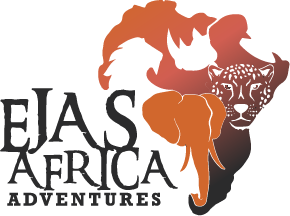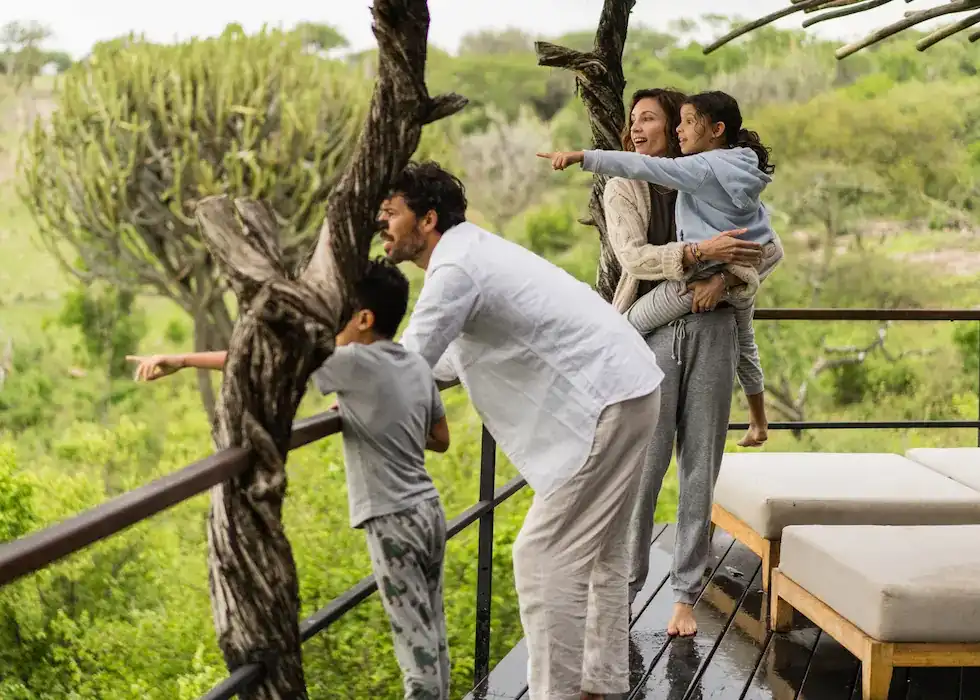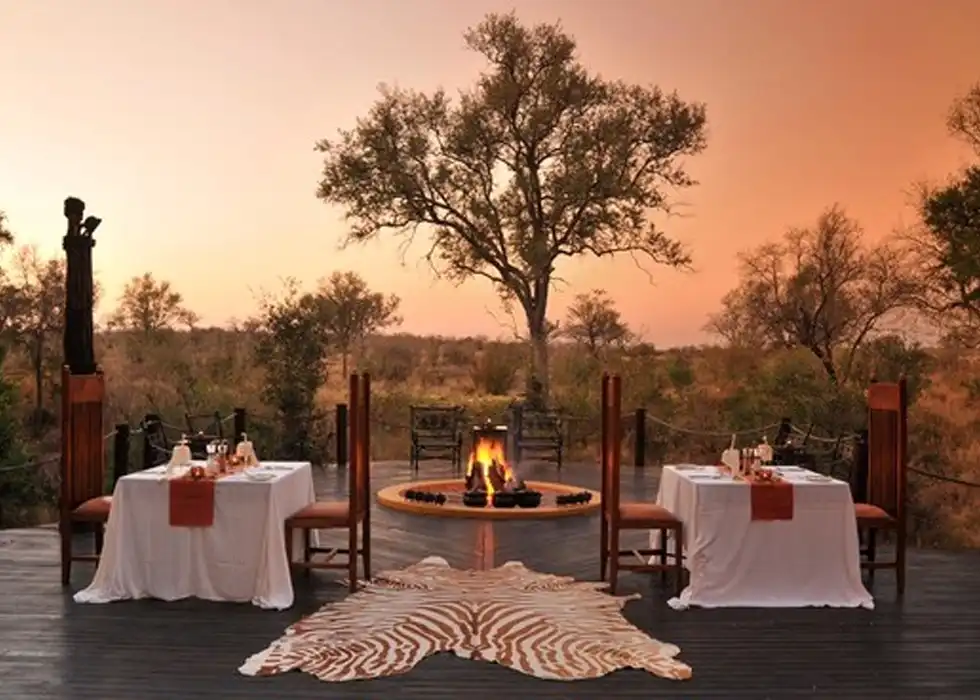Preparing To Climb Mount Kilimanjaro
- How to Prepare for Climbing Mount Kilimanjaro: A Comprehensive Guide
- When is the Best Time to Climb Kilimanjaro?
- How long does it take to climb Kilimanjaro?
- Which Kilimanjaro route of suitable for you?
- Preparation for higher Altitude:
- Do You Need To Train for Kilimanjaro
- Hydration is so important in Kilimanjaro:
- What are the toilets like on Kilimanjaro?
- What gear should I pack for Kilimanjaro?
- General accessories
- What electronic gadgets should I carry to the mountain?
Preparing to climb Mount Kilimanjaro, Africa’s highest peak and the tallest freestanding mountain globally, requires thorough planning and preparation. As you embark on this challenging journey to reach 5,895 meters above sea level, it’s essential to gather information on climbing routes and best practices. Despite its non-technical nature, climbing Kilimanjaro demands physical and mental readiness.
So, how do you prepare to climb Mount Kilimanjaro, and when is the best time to embark on this adventure? The preparation process should commence months in advance to ensure optimal readiness for the climb. While technical skills aren’t required, adequate physical fitness and mental preparation are essential.
How to Prepare for Climbing Mount Kilimanjaro: A Comprehensive Guide
Preparing to climb Mount Kilimanjaro involves careful consideration of various factors, whether you’re a beginner or an experienced hiker. To ensure a successful and enjoyable ascent, it’s essential to plan and equip yourself with the necessary knowledge and resources. Here’s a detailed Kilimanjaro preparation guide to help you get ready for this epic adventure.
When is the Best Time to Climb Kilimanjaro?
Climbing Mount Kilimanjaro is feasible throughout the year, as all Kilimanjaro routes support climbing year-round. Located near the equator, the region experiences minimal extremes of winter and summer weather, instead featuring distinct wet and dry seasons. The optimal time to climb Kilimanjaro is during the dry season, characterized by warmer temperatures. Beginners should avoid climbing during the wet season due to increased challenges. However, if a seasoned climber accompanies you and have taken all necessary safety precautions, tackling Kilimanjaro during the wet season can offer a thrilling adventure. Your choice of Kilimanjaro route also plays a crucial role, so be sure to select the best route and opt for a longer itinerary to facilitate better acclimatization.
How long does it take to climb Kilimanjaro?
You can choose your comfortable and preferred time for Climbing Mount Kilimanjaro. However, we would highly recommend you to take an 8-day or 9-day itinerary if you are a beginner and 7 – 8 days if you are a professional climber. The extra days will give you time for proper acclimatization and allow you to get adjusted to the climatic and weather conditions on the higher altitude. Hence, prefer 8 – 9 days while climbing Kilimanjaro. The day’s preference also depends on the route preference, the Lemosho Route and Northern Circuit Route gives you 8 – 9 days and Machame Route and Marangu Route gives you 7 days. However, you can opt for an additional day for proper acclimatization. The number of days also depends upon How Fit to Climb Kilimanjaro.
Which Kilimanjaro route of suitable for you?
The Kilimanjaro Route has its unique attractions. Some give you more time to climb, while some allow you to ascend very quickly. Some of the routes have the highest success rate with 97% while some have a 60-70% success rate. So, you need to check the detailed specifications of each route while Preparing To Climb Mount Kilimanjaro. The Machame Route is a bit difficult compared to the Marangu Route but has the highest success rate with 80-85%. The Lemosho and Northern Circuit Route has a longer itinerary which allows you to sleep in the lower elevation and spend more time on mountain. It also gives you more time for proper acclimatization which also helps in summit success rate with 95% and above. The Rongai Route is the only route starting from the north and cross the diverse wilderness at the starting point
So, it is your preference to choose the Best Route To Climb Kilimanjaro according to your choice.
Preparation for higher Altitude:
Preparation is better than regret. The best Kilimanjaro operator will give you all the details for Preparing To Climb Mount Kilimanjaro for Higher Altitude.
It is advisable to pre-acclimatize yourself before attempting Mount Kilimanjaro, Mount Meru would be a good option for pre-acclimatization before Climbing Mount Kilimanjaro.
You will need to choose the Best Kilimanjaro Routes which will give you additional time for acclimatization. Make sure that the route allows for a good climb high, sleep low opportunity.
It is always recommended to go as slowly as possible, do not overexert yourself, even on the lower elevations to avoid Kilimanjaro Altitude Sickness.
Drink sufficient fluids (4 litres a day)
Avoid drinking alcohol, taking stimulants, smoking or consuming caffeine on the mountain.
Do You Need To Train for Kilimanjaro
Yes, you need training to meet the demand for fitness to climb Mt. Kilimanjaro; you need to join Kilimanjaro Fitness Program which should include physical stamina training, strength training, progressive resistance training, etc.
Include Aerobic exercises, running on a treadmill, strength training, hiking, walking “up & down”, and breathing exercises in the Kilimanjaro Training Plan.
Hydration is so important in Kilimanjaro:
Yes, staying hydrated will help to prepare to climb Kilimanjaro. It is advised to drink water regularly while you are Climbing Mount Kilimanjaro. Symptoms of dehydration are similar to Acute Mountain Sickness. You will need to drink adequate water and not extra water. Too much water may also be harmful as it can dilute your body’s sodium level which may further cause weakness, confusion, seizures, and coma. The best way to check your body’s hydration level is to check your urine. Clear urine indicates adequate hydration and dark urine indicates dehydration and the need to drink more water.
What are the toilets like on Kilimanjaro?
All the campsites have toilets and most of the toilets in Kilimanjaro are long drops. Some operators provide you the hygienic toilets and you can also hire your toilet and a porter to take it up to the mountain for you. It is also affordable and better if you are in a group and worth considering for extra comfort.
What gear should I pack for Kilimanjaro?
The right gear will help you to reach the summit of Mount Kilimanjaro with ease. Your Kilimanjaro Gear List should consist of all the essential items rather than luxuries. Do not carry everything that you get to pack, as you should carry it to the top of the peak. Make sure to leave behind all the expensive items, ornaments, and other sensitive items.
There are few things that we have listed in your gear list as per the Climb Kilimanjaro Guide:
Clothing
- 4-5 pairs of underwear
- Top and bottom base layer
- 4 short 4-sleeve and 20-long-sleeve trekking
Shirts
- 2 pair of hiking trousers
- 1 fleece jacket
- 1 insulated winter jacket
- 1 insulated trekking pants
- 1 hard shell jacket
- Lightweight raingear
Headgear
- Sun hat with neck cover
- Fleece Headband
- Bandana
- Headlamp
- Sunglasses
Hands and walking
- Lightweight inner gloves
- Warm outer gloves
- Adjustable trekking poles
Footwear
- Mid-weight hiking boots
Bags and daypacks
- 80-90L waterproof duffle bag
- 20-30L Daypack
- Daypack rain cover
- Travel bag Organisers
Sleeping
- 4-season sleeping bag
- Insulated sleeping mat
- Inflatable pillow
General accessories
- Water bottle
- Water purification tablets
- Baby wipes
- Sweat-resistant Sun cream
- Insect repellent
- General medications
- Technology
- Camera
- Spare batteries and Camera memory card
Others
- Energy bars
- Energy drinks
- Trekking towels
- Toiletries
What electronic gadgets should I carry to the mountain?
When Preparing To Climb Mount Kilimanjaro, It is recommended to take only the essential gadgets that will be in real use on the top of Mount Kilimanjaro. The gadgets should be in your daypack and you will be the only one to carry your daypack throughout the climb. The gadgets will be helpful in various ways, like communications, music, photography, longer views, and many more. We have listed a few essential Electronic Gadgets on Kilimanjaro that you should keep with you while climbing Kilimanjaro:
- Mobile Phone– It can be carried as a multipurpose as mobile phones can be used as a mode of communication, as a camera, torch, navigation, and many more.
- Camera – It is the most important gadget to capture memories through the trip.
- Power Bank – It can give your phone more life and help your communication to continue.
- Solar Charges– As Kilimanjaro has more sunny days, a solar charger would be of real use as it do not require any external plugins. It charges from solar energy and can be useful at night time.
- Earphone – You are climbing 5000 ft above sea level and Definity you will be bored at times. So, grab an earphone and listen to your favorite music.
This guided preparation can improve your possibility of reaching at summit without facing any hurdle. It will be helpful for both new and experienced hikers. Enjoy Climbing Mount Kilimanjaro with us and leave the way for Preparing To Climb Mount Kilimanjaro up to us.
Kilimanjaro Climbing FAQ’s
Certainly! Here are some frequently asked questions (FAQs) about Kilimanjaro Climb:
How high is Mount Kilimanjaro?
Mount Kilimanjaro stands at 5,895 meters (19,341 feet) above sea level, making it the highest peak in Africa.
What is the best time to climb Kilimanjaro?
The best times to climb Kilimanjaro are during the dry seasons, which are from January to March and June to October. These months typically offer clearer skies and more stable weather conditions.
How long does it take to climb Kilimanjaro?
The duration of the climb depends on the route chosen, but most treks take between 5 to 9 days to complete. Longer durations allow for better acclimatization and increase the chances of successfully reaching the summit.
Do I need to be an experienced climber to climb Kilimanjaro?
No prior climbing experience is necessary, but a good level of physical fitness and mental preparation are crucial. Many climbers successfully reach the summit with the help of experienced guides and proper training.
What is altitude sickness, and how can I prevent it?
Altitude sickness, or acute mountain sickness (AMS), is a condition caused by the body's inability to adjust to the decreased oxygen levels at high altitudes. To prevent it, climbers should acclimatize gradually, stay hydrated, and consider taking altitude sickness medication if recommended by a healthcare professional.
What gear do I need to climb Kilimanjaro?
Essential gear includes sturdy hiking boots, warm clothing layers, a sleeping bag rated for cold temperatures, a headlamp, trekking poles, and a backpack. It's also important to have proper high-altitude gear like insulated jackets and gloves.
Which route should I take to climb Kilimanjaro?
There are several routes to choose from, each offering unique experiences and varying degrees of difficulty. Popular routes include the Machame Route, Marangu Route, Lemosho Route, and Rongai Route. The choice depends on factors such as your fitness level, budget, and preferences for scenery and solitude.
Do I need a guide to climb Kilimanjaro?
What accommodation options are available during the climb?
Accommodation on Kilimanjaro typically consists of tented campsites along the trekking routes. Some routes, like the Marangu Route, offer basic mountain huts with bunk beds. Luxury options, including premium tented camps, are available on certain routes for those seeking more comfort.
Is it safe to climb Kilimanjaro?
Climbing Kilimanjaro is generally safe when proper precautions are taken, such as choosing a reputable tour operator, acclimatizing adequately, and following safety guidelines. However, it's essential to be aware of the risks associated with high-altitude trekking, including altitude sickness and adverse weather conditions.
Speak To an Expert
Get advice and suggestions to make this your perfect trip.
Call: +255 753 142 682
Let's Chat on WhatsApp
DESIGN A TOUR
DISCOVER EXCLUSIVE TANZANIA SAFARIS
Tanzania Safari
Journey through the heart of Tanzania's wild landscapes with our expertly guided safaris
Kilimanjaro Climbing
Standing at 5,895 meters, the summit of Kilimanjaro is the highest point in Africa
Design your own trip
Let's Customize a Tour Based on Your Budget and Your Style


